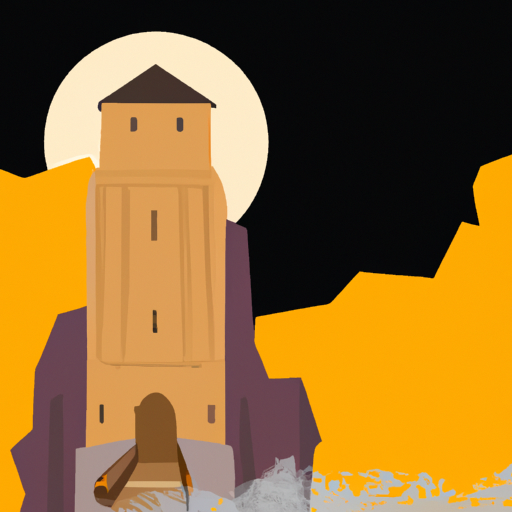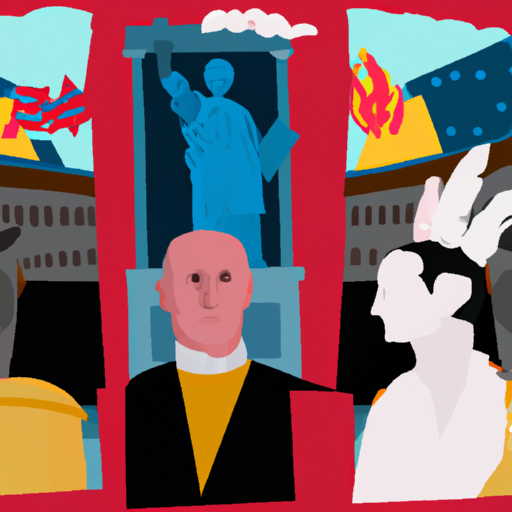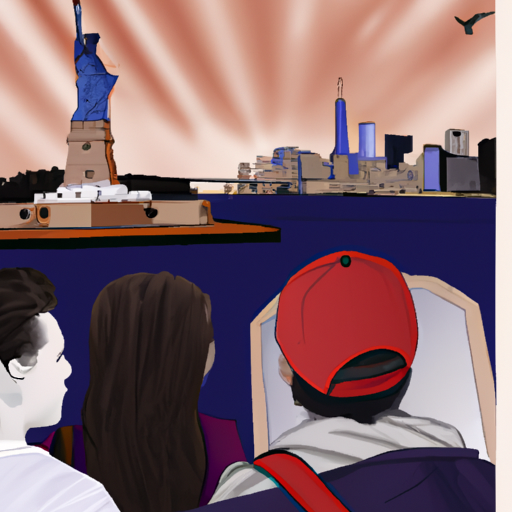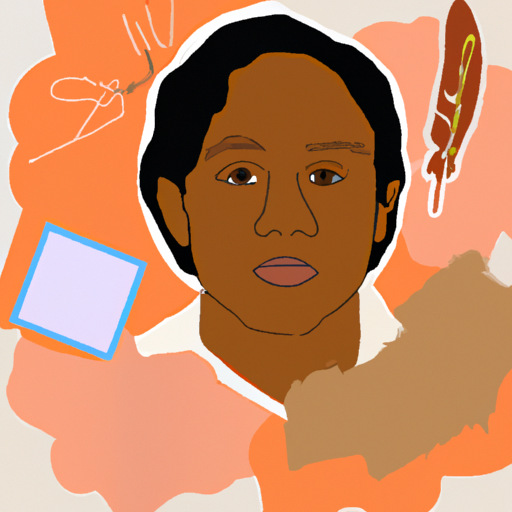What happened to chimney sweeps who got stuck?
Chimney sweeps who got stuck in chimneys faced a perilous and potentially life-threatening situation. Getting stuck in a narrow, soot-filled chimney was a significant risk in the occupation, and when it occurred, various measures had to be taken to rescue the individual. Here’s what typically happened when a chimney sweep got stuck:
- Rescue Attempts: If a chimney sweep became stuck, efforts were made to rescue them as quickly as possible. This could involve other chimney sweeps or workers trying to pull the stuck individual out of the chimney. However, this was often a difficult and time-consuming process due to the tight and dark confines of the chimney.
- Disassembly of the Chimney: In more severe cases where the stuck individual couldn’t be easily extricated, it might be necessary to partially disassemble the chimney to free them. This involved carefully removing bricks or sections of the chimney to create enough space for the person to be safely removed. It was a labor-intensive and risky process.
- Medical Attention: Once the chimney sweep was freed from the chimney, they would typically require immediate medical attention. Working in a soot-filled environment and being stuck in a chimney could lead to various health issues, including respiratory problems and skin conditions. These individuals would need medical care to address any injuries or health concerns.
It’s important to note that chimney sweeps in the past often worked in dangerous and unhealthy conditions, and getting stuck in a chimney was just one of the many hazards they faced. The occupation has evolved significantly over time, with improved safety practices and regulations in place to protect the health and well-being of chimney sweeps.
What did chimney sweeps wear?
Chimney sweeps traditionally wore simple and practical clothing suited to their profession, although the specific attire could vary by region and time period. Here’s a general description of what chimney sweeps typically wore:
- Trousers: Chimney sweeps usually wore loose-fitting trousers, often made of durable and dark-colored materials. These trousers provided some protection against soot and dirt while allowing for freedom of movement.
- Shirt: They typically wore a shirt, which was also typically dark in color. The shirt might be long-sleeved to offer some protection from soot and burns.
- Neckerchief: To protect their necks from soot and to keep themselves relatively clean, chimney sweeps often wore a neckerchief or bandana.
- Hat: Many chimney sweeps wore a wide-brimmed hat, often made of straw or similar materials. The hat served the dual purpose of protecting the sweep from falling debris and providing some shade.
- Boots: They commonly wore sturdy leather or wooden-soled boots. These boots offered protection for their feet and ankles, which were vulnerable to cuts and scrapes in the dirty and cluttered environment of a chimney.
- Gloves: Some chimney sweeps wore gloves to protect their hands, but gloves were not always part of their attire, as they could become quickly soiled and worn.
- Apron or Overalls: In some cases, chimney sweeps would wear an apron or overalls to protect their clothing and provide an additional layer of protection against soot and dirt.
The clothing of chimney sweeps was typically dark or soot-colored, which helped conceal the stains and soot marks accumulated during their work. While this attire provided some protection against the hazards of their profession, it’s essential to note that the conditions chimney sweeps worked in were still hazardous to their health. Modern chimney sweeps use more advanced protective equipment and clothing to ensure their safety and reduce exposure to harmful substances.






